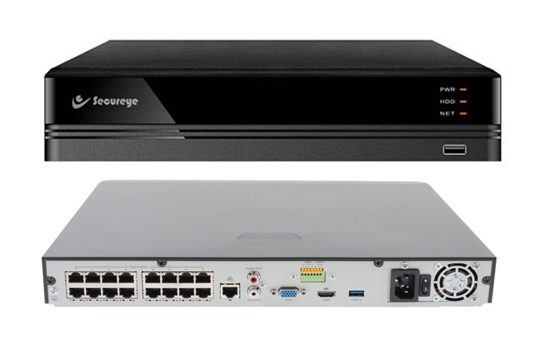Networking Product & CCTV Solutions & LIU
Networking Products: Networking products encompass a wide range of devices and equipment used to facilitate communication and data transfer within a network. Here are some common networking products:
1. Switches: Network switches connect multiple devices within a network and enable the exchange of data packets between them. They come in various sizes and configurations, including unmanaged switches for basic connectivity and managed switches with advanced features like VLANs, QoS, and security settings.
2. Routers: Routers are responsible for directing network traffic between different networks or subnets. They use routing tables and protocols to determine the optimal path for data packets to reach their destination. Routers often have features like firewall, VPN, and port forwarding capabilities.
3. Wireless Access Points (WAPs): WAPs allow wireless devices to connect to a wired network. They provide wireless network coverage and enable devices to access the network through Wi-Fi connections. WAPs can be standalone devices or integrated into routers or switches.
4. Network Security Appliances: These devices are designed to protect the network from threats and unauthorized access. They can include firewalls, intrusion detection/prevention systems, VPN gateways, and content filtering devices.
CCTV Solutions: Closed-circuit television (CCTV) solutions involve the use of video surveillance systems for monitoring and recording activities in a specific area. Here are components commonly found in CCTV solutions:
1. Cameras: CCTV cameras capture video footage of the monitored area. There are various types of cameras, including dome cameras, bullet cameras, PTZ (pan-tilt-zoom) cameras, and IP cameras. IP cameras use the Internet Protocol to transmit video data over a network.
2. Digital Video Recorders (DVRs) or Network Video Recorders (NVRs): DVRs or NVRs store and manage video recordings from CCTV cameras. DVRs are typically used with analog cameras, while NVRs are used with IP cameras. They offer features like motion detection, remote viewing, and video analytics.
3. Monitors: Monitors display the live video feed or recorded footage from the CCTV system. They come in various sizes and resolutions, depending on the requirements of the installation.
4. Cabling and Accessories: CCTV solutions require cabling to connect cameras, recorders, and power supplies. Accessories such as power supplies, connectors, and mounting brackets are also essential for proper installation and operation.
LIU (Light Interface Unit): A Light Interface Unit (LIU) is a device used in fiber optic networking to provide connectivity and manage fiber optic cables. LIUs are typically used in data centers, telecommunications facilities, or other environments where fiber optic cabling is deployed. Here are some key features of LIUs:
1. Fiber Management: LIUs provide a centralized location for organizing and managing fiber optic cables. They typically include fiber splice trays, cable routing guides, and cable management features to ensure proper fiber handling and organization.
2. Patching and Connectivity: LIUs allow for easy patching and connection of fiber optic cables. They provide termination points where fibers can be connected, spliced, or patched to other cables or network devices.
3. Security and Protection: LIUs often feature secure enclosures or cabinets to protect the fiber optic connections and equipment from dust, physical damage, and unauthorized access.
4. Scalability: LIUs are designed to accommodate multiple fibers and can be scaled to support growing network demands. They provide a modular and expandable solution for managing fiber optic infrastructure.
When implementing a CCTV solution or deploying fiber optic networking, it is important to consider the specific requirements of your environment, the desired functionality, and the scalability of the system. Consulting with experts or professional integrators can help determine the most suitable networking products, CCTV components, and LIUs for your specific needs.



